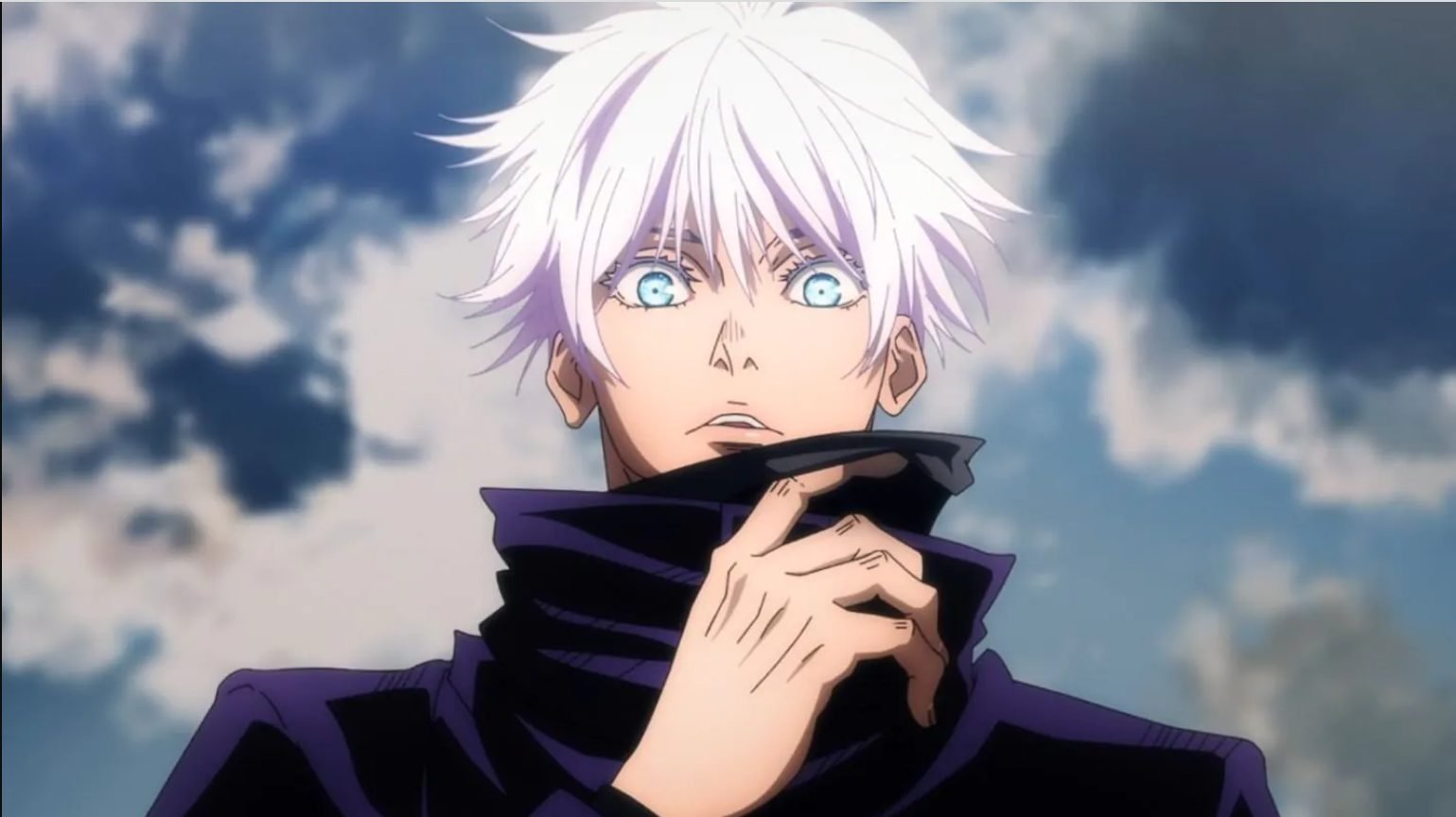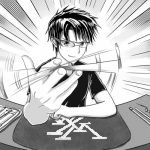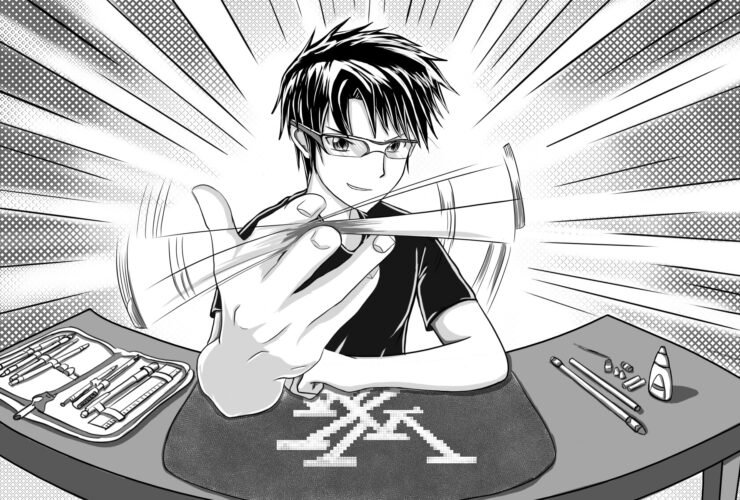The most overused types of Anime Characters are tsundere. This name comes from the aloof character who is unable to love but then suddenly falls in love with another character. Anime characters are manipulative, but do they really represent human beings? Find out in this article. We’ve got some interesting examples of Anime characters, from manipulative males to unnaturally colored hair.
Anime is an elaborate form of animation.
Anime is a type of Japanese animated film. Many of its characters are extremely detailed and stylized, including their large eyes and hair. Other characters’ physical features in anime include disproportionately large heads and body parts. The characters also have different proportions, such as a narrower stance than a person’s own. The art style of an anime film may be different from the style of a Western cartoon, but it still has the same basic idea.
The Japanese use the term anime to describe their style of animation. While this style has been popular in other countries, it originated in Japan. The term “anime” means any form of animation from Japan and is used to describe all types. Some people use this term to refer to a Japanese style of animation, but not all forms of animation are created in Japan. In fact, there are some distinct differences between the style of animation used in different countries.
While manga and anime have many common elements in common, their content is different. Anime can deal with mature content, sex, and violence, but it rarely uses traditional 2D animation. Traditional 2D animation is used sparingly and only during very brief sequences of fast action. Both forms of animation require a lot of drafting before the final product is complete. Anime artists create a storyboard to show each scene in order and determine whether it will work or not.
Another distinctive feature of anime is the complex plots. Unlike other forms of animation, anime plots typically require dozens of episodes to develop. Even single storylines can take up to 50 episodes to develop. The result is a rich field of interesting characters. In this context, anime may seem a bit strange to a Western audience. However, no matter your tastes, anime can provide hours of entertainment and fun.
Anime characters are male.
Despite the fact that most anime characters are male, there is a certain level of feminization associated with them. In anime, male characters are remade to be less frightening, more feminine, and less threatening. Anime shows often feature male characters who are angry, upset, or otherwise uncomfortable with their gender. Some shows, like Free! Eternal Summer even goes so far as to make male characters appear feminine.
Some anime characters may seem childish and unrealistic, but they aren’t. Naruto, for example, is an anime character who displays childish behaviors. Another popular male anime character is Light Yagami. This genius has medium-brown hair, is tall, and is one of the most realistic. Light Yagami is the protagonist of the anime Death Note, and his life is extremely realistic. His plight is a testament to how much the creators of this show have worked to make their characters as realistic as possible.
In Sword Art Online, Andrew is one of the 10,000 trapped players. He develops into an ax-wielding veteran and eventually owns a shop in Algade. Andrew plays a Gnome in Alfheim Online when he returns to the real world. He also runs the Dicey Cafe with his wife. His hair color may be white, which symbolizes purity of the spirit world, but it also indicates coolness.
Despite the fact that a majority of anime characters are male, many still remain strong, sympathetic characters. Despite his gender, a number of men are featured in anime series that involve the strong and powerful males. Naruto’s protagonist, Sasuke, is one such example. He is a sexy anti-hero who kills every member of his clan except for his brother, Sasuke. Although not the most expressive of characters, Sasuke is a character that inspires thought.
Anime characters have unnaturally colored hair.
Anime characters have hair in many colors, some of which are more natural than others. The hair color of these characters is often a form of copyright protection, and the characters’ hair color is used to make them stand out in a simple design. The hair colors vary from dark blue to red and everything in between. Often, they are not even aware that they are not “real” because their hair color is artificial, making it easier to distinguish between them.
The color of anime characters’ hair has a deeper meaning than you might think. While “normal” coloring has been deemed normal by mainstream Hollywood, it is important to remember that anime hair colors have meaning behind them. A character’s hair color is not representative of their race, so a darker color might indicate the character is grounded and earthy. In contrast, bright white is a sign of utter otherworldliness and is reserved for characters with esoteric beliefs. The anime industry often subverts these stereotypes with a hair color that is not representative of their real-world race.
Anime characters with unnaturally colored hair are usually portrayed as having a certain trait. Depending on the style of the character, it is important to note whether it’s a male or a female trait. While brown hair indicates normality and a person of a particular race, it doesn’t necessarily signify their social status. Instead, it conveys the message that they are a normal person.
Anime characters with orange hair generally have a combination of red and yellow in their personality. Blondes are generally bold, confident, and stubborn, while orange-haired characters can be annoying or even dumb. Blonde men are also portrayed as pure princes. Green-haired characters are often sweet and lovable but can also be envious and toxic. They are a great example of the power of colors in anime!
Anime characters are manipulative.
Anime is rife with manipulative characters, from the villains to the love interests to the narrators. Some of the most popular examples include Orochimaru and Light Yagami, which are the embodiment of manipulative traits. While these characters may appear to be evil, they are not always the case. Instead, they are merely manipulative for a variety of reasons. Let’s take a closer look at manipulative anime characters.
Anime characters are sometimes portrayed as manipulative. For instance, the villain Nakago in the Fushigi Yuugi series is a manipulative character. He plays off the unrequited feelings of Yui toward Tamahome and turns them into archenemies. Nakago also seems to enjoy messing with people’s heads, as he frequently does in the Future Diary series.
Lelouch is another example of a manipulative character. He resented the Kingdom of Britain and used his Geass to compel people to follow his orders. He also never cared about the consequences of his actions. A manipulative character would not care if the consequences of their actions were detrimental to him or his loved ones. The same goes for a character’s relationship with his mother or sister.
A typical example is the protagonist of an anime series. The character must be a strong leader, capable of manipulating others. This is important in any relationship, and anime characters often display strong manipulative traits. Despite being loyal and friendly, these characters may be overly manipulative. For example, in the manga series Higurashi no Naku Koro ni, Eren Yeager was obsessed with killing Titans for her mother’s life. Ultimately, she lost her sanity when she found out that her mother was a puppet of Rumbling, which planned to make the world barren except for Paradis island.
Anime characters are overused.
Some of the tropes found in anime are overused, causing them to lose their charm. The most obvious is the overuse of loli characters. Anime characters often act like full-grown adults, but that’s not the case. Rather, the character is called a “protagonist,” a person who makes the story happen, such as Ash from Pokemon. Unfortunately, this is not always realistic, and there are several examples where the characters are far too extreme.
Another trope found in anime is elemental superpowers. These characters are used so often that whole franchises have been built around them. Even ancient stories have used these elemental superpowers, which make them incredibly awesome. They are also used so frequently that you can’t help but root for them. However, despite their popularity, these characters are overused in anime. The main reason for this is that anime characters don’t have that much room to innovate.
Another example is a classic tsundere character, such as Toradora. Taiga did a great job with this character type. He starts off with low self-esteem and an undeserved reputation for badness, but as the series progresses, Ryuuji’s character evolves. It’s important to recognize this trend in anime, as it’s common in real life.
Overused rivals are another common trope in anime. Almost every series features a rival, but these characters are too generic to have a lasting impact. This trope is common in anime, especially those involving a protagonist. The protagonist is often overused in these fight scenes, but the villain is rarely as memorable. As a result, the protagonist is forced to remember all his friends and becomes strong enough to beat the villain.







